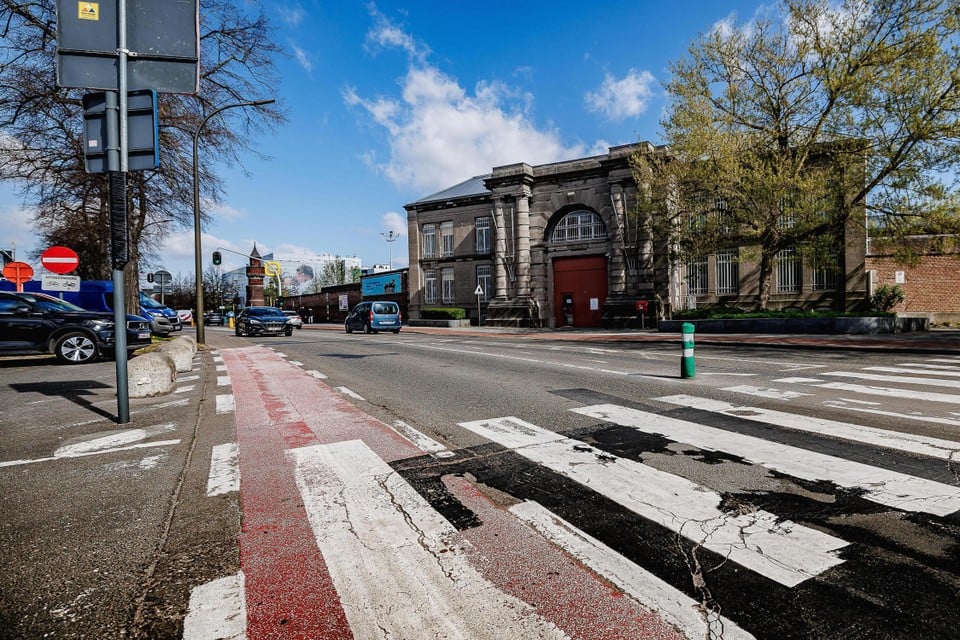Still uncertainty for residents of the earthquake zone, the restoration of their houses is too slow
:format(webp)/s3/static.nrc.nl/wp-content/uploads/2024/12/29164012/data125834579-9fcac5.jpg)
Anyone who does not know better would think that the neighborhood appeared to be a new -build neighborhood in Appingedam in Groningen. Streets full of new houses. Bare front gardens. Trucks and vans from construction and DIY companies drive to and forth. Construction workers are working everywhere. But an empty, old flat on the back of the new street shows that something else is going on here. In Opwierde, the reinforcement operation in the gas extraction area can be seen in all phases. Houses that have been declared unsafe due to years of gas extraction will be replaced by new homes.
And so it is possible that new houses in the street are almost ready for delivery, while the flat behind it is ready for the demolition. The next street consists of vacant houses on one side, and houses that are still inhabited opposite. One of those residents is Coba Senneker (65). She has been living here since 2013, with her husband and her son. Her daughter lives further down the street. Since 2023 she knows that her house is also being demolished. When? That is the big question. She still does not know on what date she should leave her house, when she can return, and where to. What are you doing about it? Senneker throws her hands up. « I don’t try to think too much about it. »
/s3/static.nrc.nl/wp-content/uploads/2025/04/15134152/data130913526-dacb10.jpg) Old houses are being demolished in the neighborhood in Appingedam and new homes are being built. This gives a lot of uncertainty among the residents.
Old houses are being demolished in the neighborhood in Appingedam and new homes are being built. This gives a lot of uncertainty among the residents.
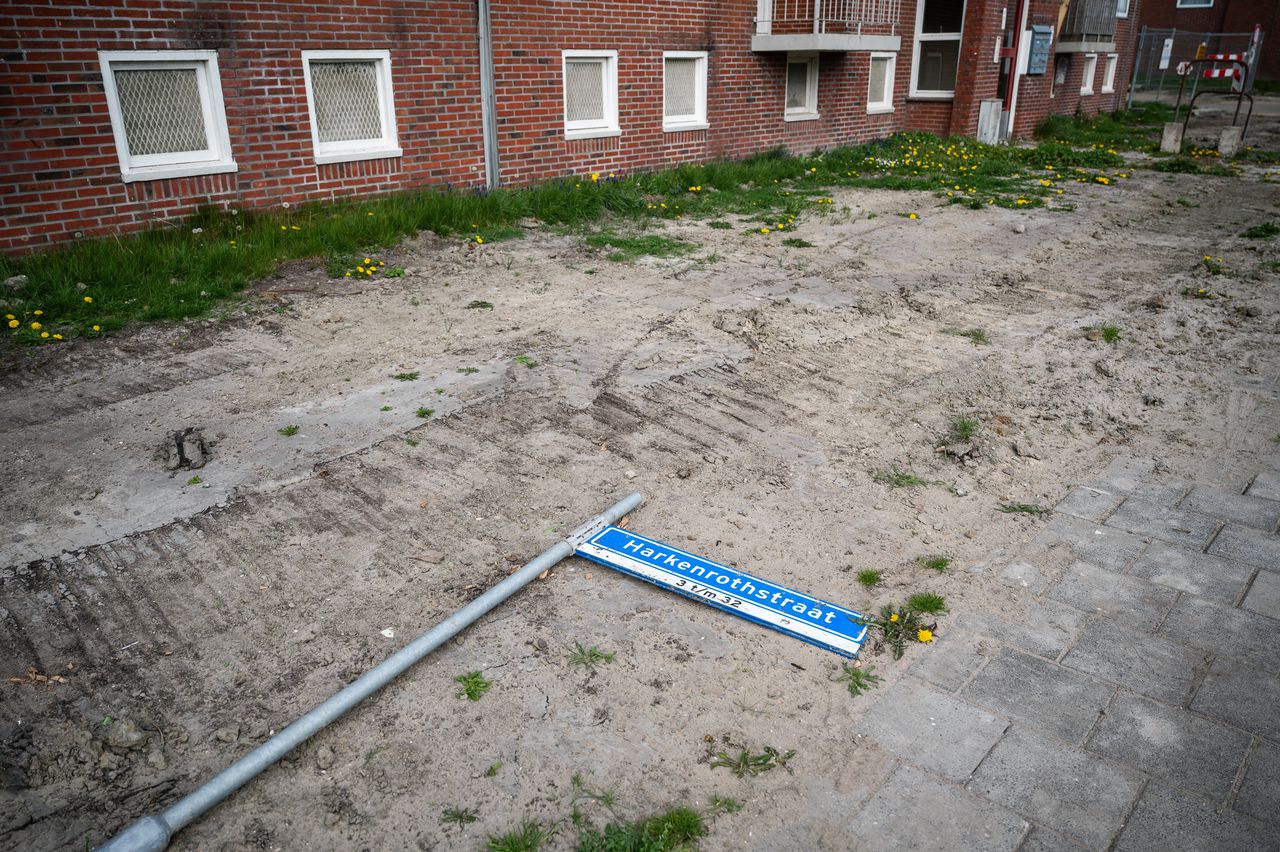
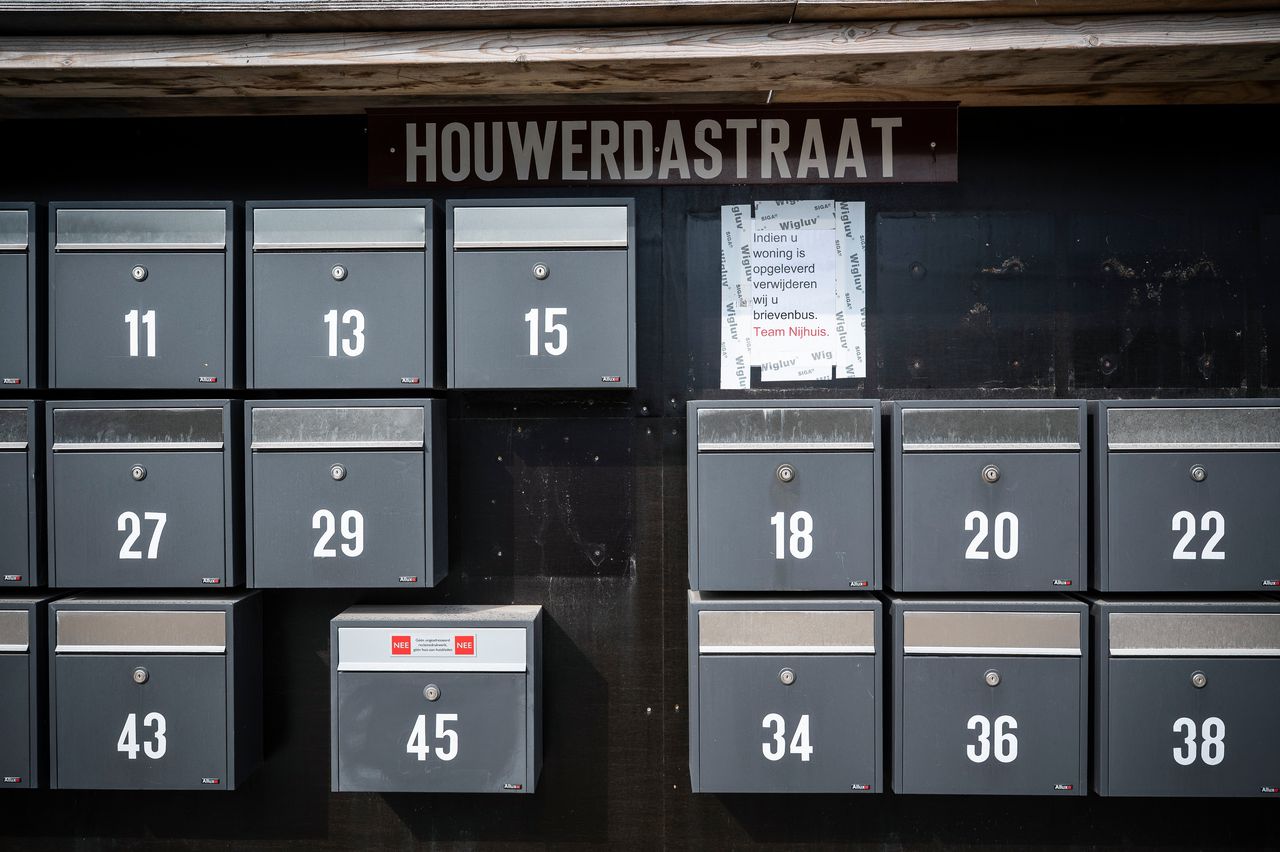
Photos Kees van de Veen
Damage repair
This Tuesday is the first State of Groningen and Northern Drenthe published. The report Is about the progress of the recovery and the results of the investments in Groningen and Northern Drenthe. The annual issue of the report is one of the Fifty measures Van Nij Begun, the response of the previous cabinet to the report of the Parliamentary Inquiry Committee on Gas Winding.
This year the report is mainly about the damage repair and the strengthening of homes. The makers, three research agencies, call this first report a « light version », because the government policy has not yet been fully worked out and the objectives have not all been set.
The researchers conclude that « improvements have been made to perform the reinforcement operation that now lead to some acceleration of the reinforcement », but also say that the National Coordinator Groningen (NCG), the implementation body responsible for the reinforcement, does not yet achieve all goals. For example, the NCG had the task of assessing all 877 remaining addresses that had not yet been assessed. That was successful for 423 addresses.
Last week the State Supervision warned on the mines that the reinforcement operation may last until 2034. The current pace is too low to achieve a goal year 2028. The NCG already indicated last year that 2028 was not feasible, and expects to be ready between 2030 and 2032.
Read also
The ‘Nij Begun’ for Groningen after gas extraction is rough
The annual research report also appeared on Tuesday Groningen perspective out. Researchers from the University of Groningen and Nivel have been measuring the impact of gas extraction problems on residents since 2016. Damage to homes due to gas extraction still influences health, experienced safety and trust of residents.
The latest measurements show that the deterioration of this has not continued since 2023. This is possible due to the progress in the damage settlement and the compensation schemes. In addition, there is a « light recovery in confidence in the central government, municipality and province ». However, residents have « predominantly negative » about the current cabinet and their confidence in the handling of damage and strengthening of the home has fallen since the arrival of this cabinet.
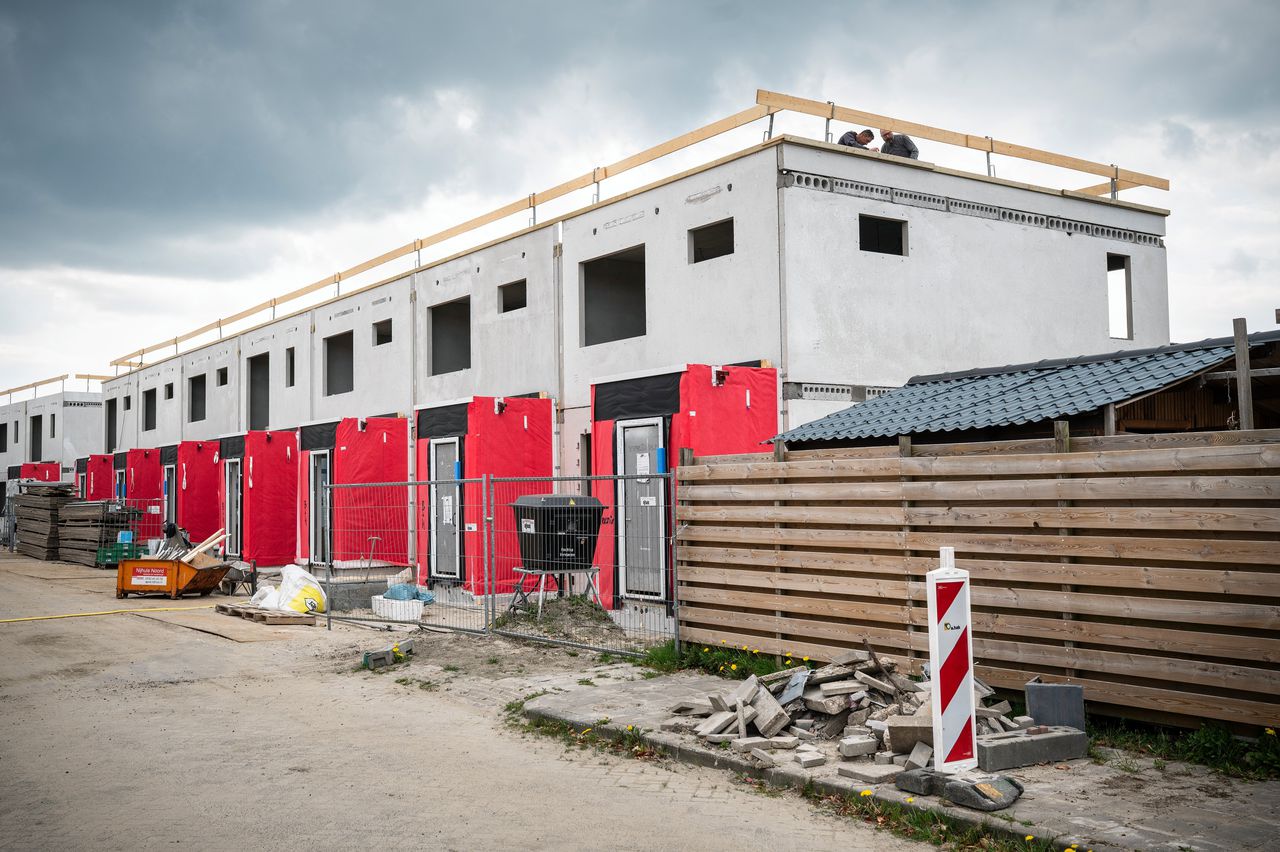
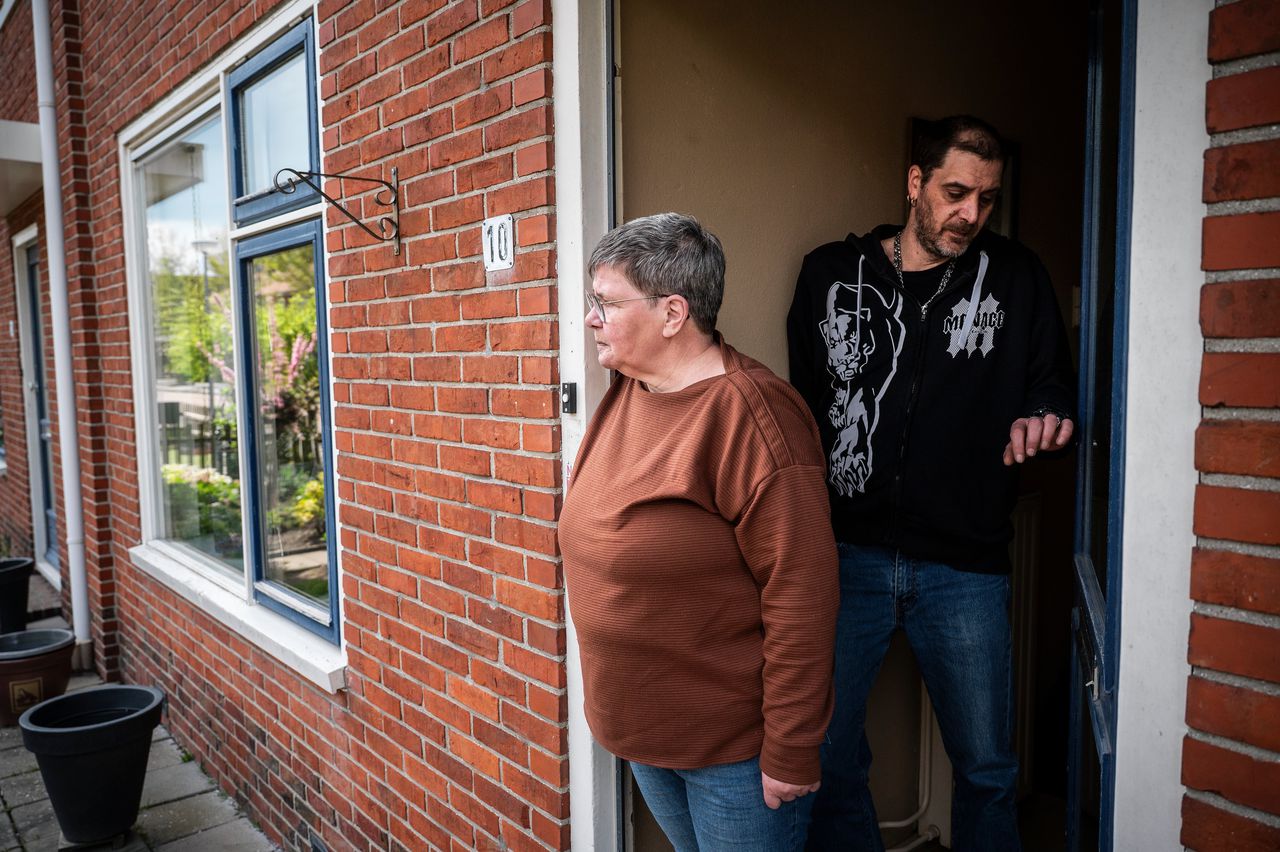

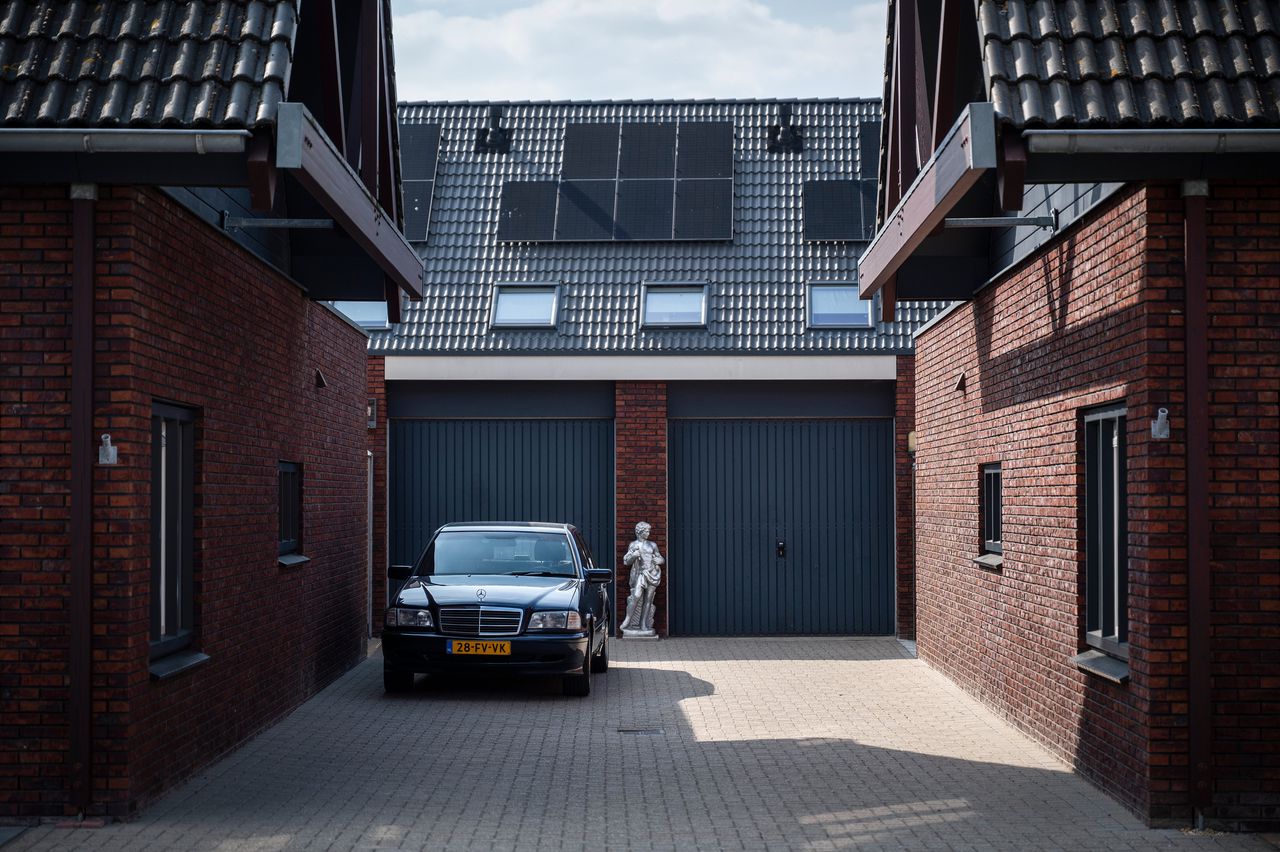
Ghost town
In Opwierde, residents mainly want clarity. Erika Kramer (59) heard in 2017 for the first time that her house had to be strengthened. « It has already been postponed twice. It frustrates that it takes so long. But that’s how it goes. » In the hall there is a painting of the house that Kramer has made. It’s just finished. A memory of the house in which she has been living in for 31 years and that there will be no more.
Coba Senneker is ready to exchange her house for one of the temporary homes. « It is just a ghost city here, with all those empty houses. I am also starting to be annoyed that it is one large construction site here. Sometimes it vibrates through all construction traffic. » Rather today than tomorrow she goes out of the house. She doesn’t notice anything from Nij Begun. « It’s not going faster. »
Two blocks away, Cees Jongsma (72) lives in one of the new houses, which he rents from a housing association. He lived in his previous house for 37 years before it was demolished. He would return to another place when the new homes were ready. He refused that. His shed, where he holds chickens and pigeons, and he wanted to keep the old tree. It took him a « big struggle, » but he managed it. « I am now the only one in the street with an old tree in the front garden. » He is happy that it is all over. « It is now as it was for me now. I can go my way again. It lives great here. »
/s3/static.nrc.nl/wp-content/uploads/2025/04/15134801/web-1504BIN_Appingedam10.jpg)

/s3/static.nrc.nl/images/gn4/data133317775-d0126f.jpg)
:format(webp)/s3/static.nrc.nl/bvhw/wp-content/blogs.dir/114/files/2021/11/trujilo-vierkant.png)
/s3/static.nrc.nl/images/gn4/stripped/data133311162-89da16.jpg|https://images.nrc.nl/0GhfYXflp44vL8qLyvwS0lBuz-I=/1920x/filters:no_upscale()/s3/static.nrc.nl/images/gn4/stripped/data133311162-89da16.jpg|https://images.nrc.nl/eiTEPfNVErZvLkKwpzeS_a75FXk=/5760x/filters:no_upscale()/s3/static.nrc.nl/images/gn4/stripped/data133311162-89da16.jpg)


